#saraenab
Explore tagged Tumblr posts
Text
About Italo Calvino “Invisible Cities”
"The city of Sophronia is made up of two half-cities. In one there is the great roller coaster with its steep humps, the carousel with its chain spokes, the Ferris wheel of spinning cages, the death-ride with crouching motorcyclists, the big top with the clump of trapezes hanging in the middle. The other half-city is of stone and marble and cement, with the bank, the factories, the palaces, the slaughterhouse, the school, and all the rest. One of the half-cities is permanent, the other is temporary, and when the period of its sojourn is over, they uproot it, dismantle it, and take it off, transplanting it to the vacant lots of another half-city. And so every year the day comes when the workmen remove the marble pediments, lower the stone walls, the cement pylons, take down the Ministry, the monument, the docks, the petroleum refinery, the hospital, load them on trailers, to follow from stand to stand their annual itinerary. Here remains the half-Sophronia of the shooting-galleries and the carousels, the shout suspended from the cart of the headlong roller coaster, and it begins to count the months, the days it must wait before the caravan returns and a complete life can begin again." - Italo Calvino „Invisible Cities“, 1974, S.63
The text describes a city which is divided in two, so the view is also divided in two. The narrator creates a visual language without becoming judgmental. Every word feels like a completely pure narrative of what he has seen. It is not about the importance of individual architecture but about the overall picture. The language manages to discover a city and its architecture through new methods. The city becomes tangible without having to rewrite it in the narrative. The text faces two contrasting ways of a city, that shows in a simple way how much versatility a city or architecture has. The exchange of functions makes it clear that it is also about the versatility in the point of redefining the given. It becomes somehow amusing to imagine how it would be to exchange the temporary and constant. But through this loose choice of words this short joke becomes an exciting idea. For the book as a whole, it’s interesting that every city was named after a woman. This book is not only about architecture as such, but about life within architecture. About surreal things that become real by not losing their pure existence. To stimulate imagination and emotion. About the role of women within architecture and about the role of architecture itself.
To close my contribution here are the introducing words of the book: "Cities are like dreams," says Marco Polo. "Everything imaginable can be dreamed, but even the most improbable dream is a picture puzzle that hides a wish or its reversal, a fear.“ - Fischer Verlag about Italo Calvino „Invisible Cities“, 1974, introducing words
0 notes
Photo
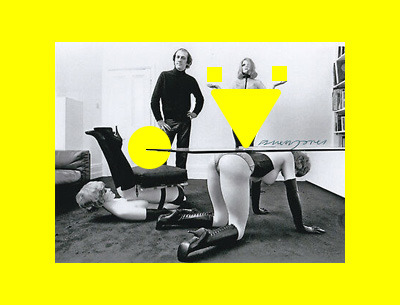

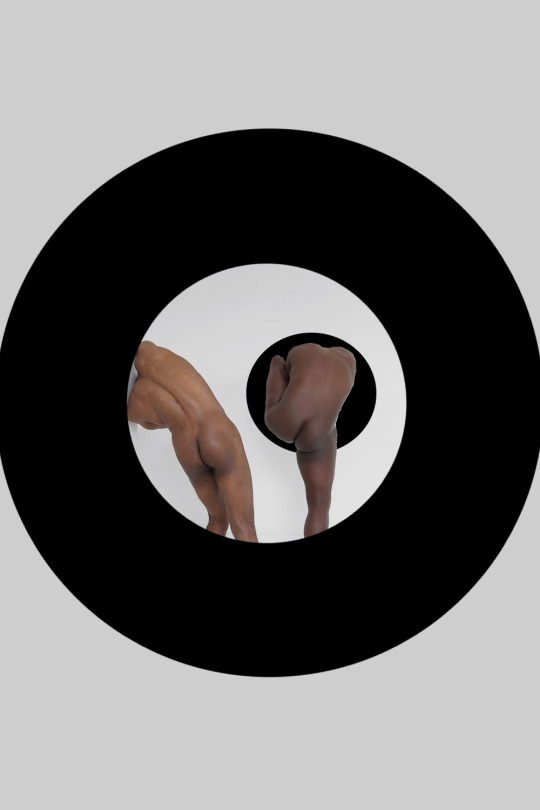
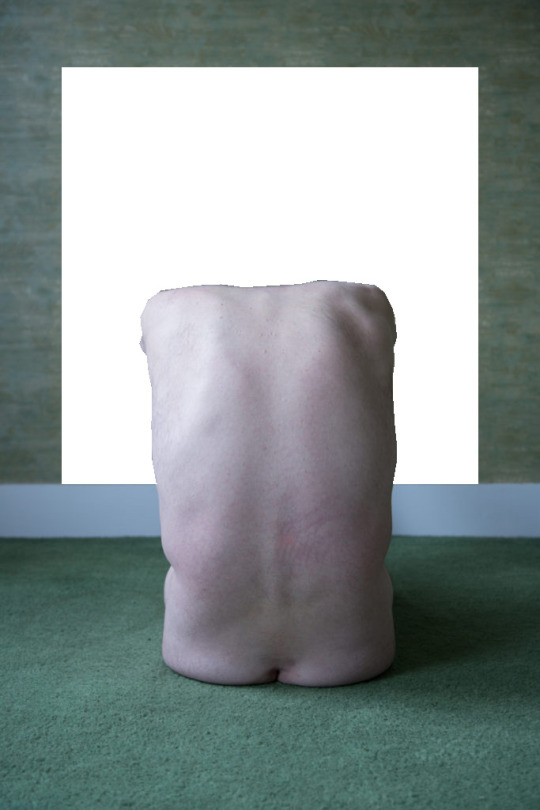


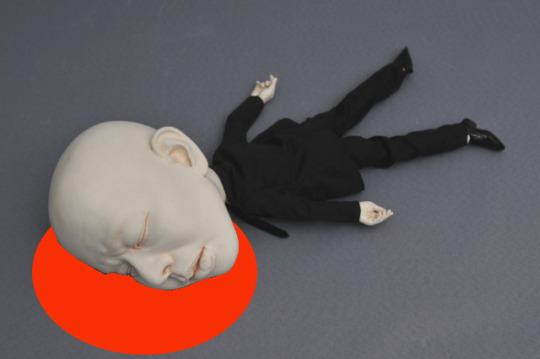

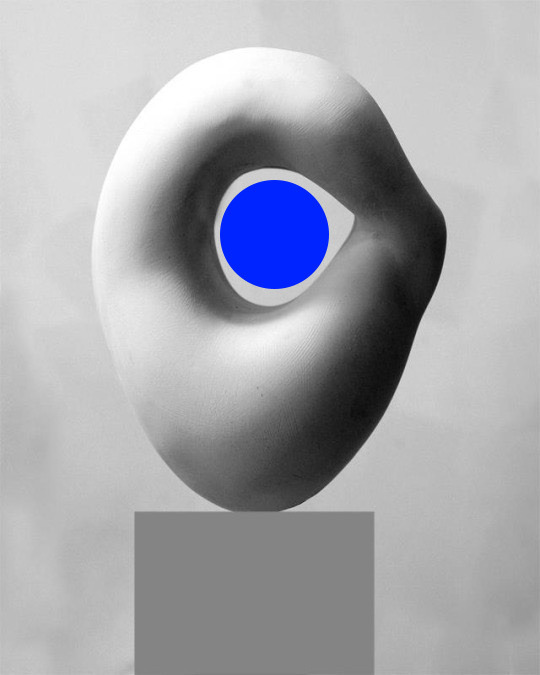

Sara Enab | Altered Drawings
#saraenab#altereddrawings#allenjones#chloerosser#erichconsemüller#francisbacon#gottfriedböhm#johnsontsang#monet#rogerreutimann
0 notes
Video
youtube
In both of my two examples the model becomes the set. The first one is the german science-fiction movie „metropolis“ from 1927 by fritz lang and the other one is the music video „Trans Europe Express“ from 1977 by Kraftwerk.
I‘ve chosen those examples because of the fact that the model is still a representation of a real city and the material is just cardboard. But the model becomes alive through its function in the movie and music video. It becomes fullscale by filming and cutting the scenes the right way.
So you can experience the model as a realistic city. The scale of the people and the model are switching in the movie and behind the scenes - i think that is what makes it for me interesting
And the fact of the time difference in-between make it more fascinating because Kraftwerk did use the same way to show a city in the same style - maybe because of the aesthetic? Or maybe Kraftwerks video is an imitation of metropolis?
And another point I discovered is that the humans are so meanless in those scenes, the architecture model is the only focus point like in modern architecture photography
and both of them have this kind of utopian futuristic atmosphere and idea of a city
0 notes
Video
youtube
In both of my two examples the model becomes the set. The first one is the german science-fiction movie „metropolis“ from 1927 by fritz lang and the other one is the music video „Trans Europe Express“ from 1977 by Kraftwerk.
I‘ve chosen those examples because of the fact that the model is still a representation of a real city and the material is just cardboard. But the model becomes alive through its function in the movie and music video. It becomes fullscale by filming and cutting the scenes the right way.
So you can experience the model as a realistic city. The scale of the people and the model are switching in the movie and behind the scenes - i think that is what makes it for me interesting
And the fact of the time difference in-between make it more fascinating because Kraftwerk did use the same way to show a city in the same style - maybe because of the aesthetic? Or maybe Kraftwerks video is an imitation of metropolis?
And another point I discovered is that the humans are so meanless in those scenes, the architecture model is the only focus point like in modern architecture photography
and both of them have this kind of utopian futuristic atmosphere and idea of a city
0 notes













